Fast Company Design has complied a fascinating list of 25 ideas that will shape the future of design. From this list, we have extracted the five most relevant points for architects to consider. Read through them after the break, and let us know your thoughts in the comment section below.
The internet of things will lead to the internet of spaces
The Internet of Things (IoT) usually refers to technologies like Nest and Fitbit, but one does not make something “smarter” simply by placing a circuit board in it and connecting it to a network. There will also be vast ramifications for the way we design products and spaces. The converging requirements of aging baby boomers and technology-embracing millennials will lead designers to focus on where product design and architecture intersect and inform one another to create better outcomes. — James R. Wisniewski, Senior Associate – Architecture, Michael Graves Architecture & Design.
Design will destigmatize aging
Traditionally, houses have been designed for young, able-bodied adults, but not so well for people who are disabled, chronically ill, or simply aging. As baby boomers age and care for their parents, they and their children are recognizing the need for homes that are designed to support all stages of an individual’s life. In the next five years, designers will use design as a tool to destigmatize aging. — Patrick Burke, Principal – Architecture, Michael Graves Architecture & Design.
Greater empathy in design
A deeper empathetic understanding of how people experience a space or product will become more important. With an aging population, people may need an item to help them, but not necessarily want it . . . for example, an alert bracelet, or something that protects their safety. No one wants to be reminded they are aging, and the design of both products and buildings must respect the emotions of this audience, as well as meet their needs. — Donald Strum, Principal – Product Design, Michael Graves Architecture & Design.
Designers will have to become psychologists
Owing mostly to the sheer number of devices that require management and interaction, consumers are surrounded by objects that have resulted in new complexities. The future is going to consist of more automated objects, and designers will need to take a deep dive into the workings of the human mind using psychographic, ethnographic, and sociocultural research to develop products that provide meaningful engagement that will simplify our lives. — Vijay Chakravarthy, Senior Product Designer, Michael Graves Architecture & Design.
Universal design meets livable design
Livable design will become increasingly important, driven by the expectations and sheer volume of the baby boomer generation. While universal design embodies the critical aspects of safety and functionality, it does not cover everything. What about comfort, familiarity, and dignity? What about self-identity? We will see architecture and product design working together in order to strike a more meaningful balance for people. We will see an evolved blend between universal design and livable design that will meet people’s functional and emotional needs. We are already working with several clients to develop designs that are usable and livable. In five years, we expect to see this richer approach being applied to our aging population, health care, and more! — Robert Van Varick, Principal – Product Design, Michael Graves Architecture & Design.
Read Fast Company Design’s complete list of “25 Ideas Shaping the Future of Design,” here.
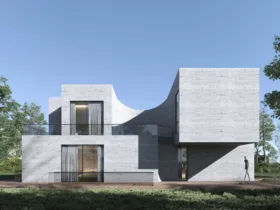
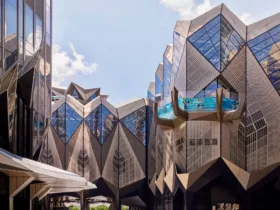
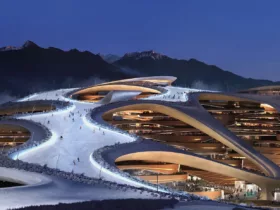
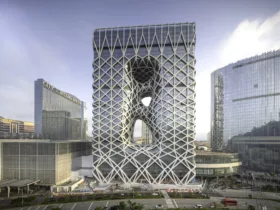
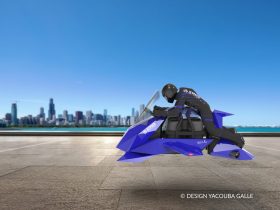
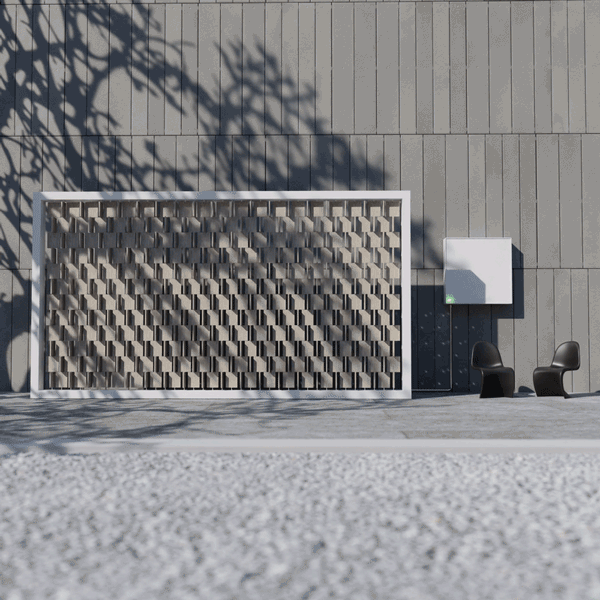

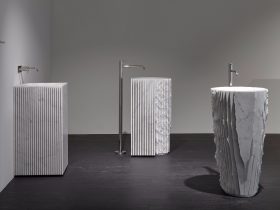
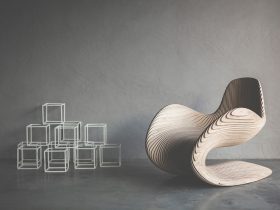






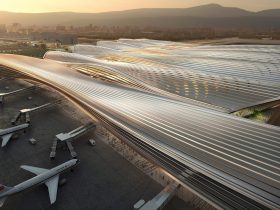
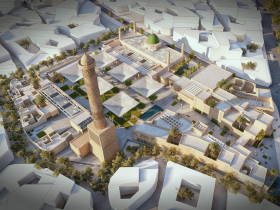
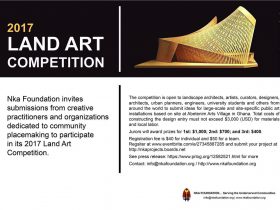
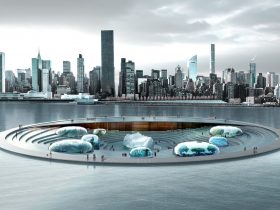
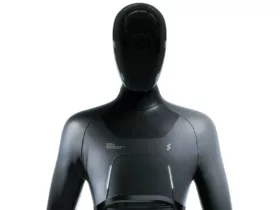




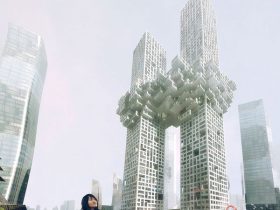
Leave a Reply